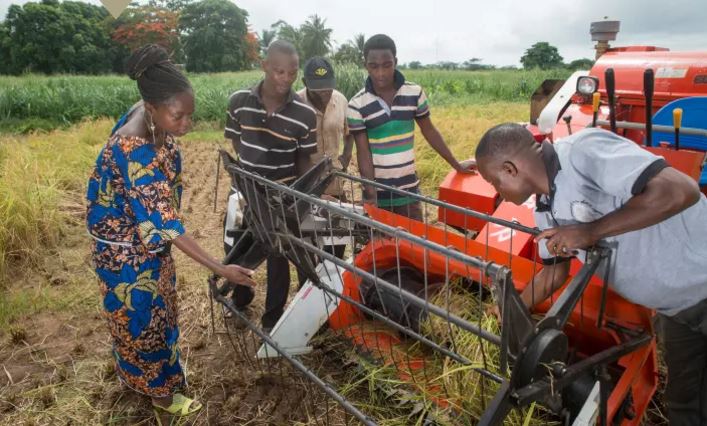
Youth Employment and Dynamics in Rural Non-Farm Enterprises (RNFE) in Ethiopia
Rural Non-Farm Enterprise (RNFE) evolves overtime as households try to adjust their income portfolio to changing opportunities, to their capacities and challenges, including their experience to shocks. In many of the poor agrarian economies such as much of Africa, RNFE is a potential alternative to agriculture for stimulating rural income growth. Evidences suggest that over time the contribution of the rural non-farm sector to employment and income has increased (Nagler and Naudé, 2017).
This contribution is unlikely to diminish in the future in countries like Ethiopia given that rural businesses will be needed to support the job creation and hence livelihood to the growing number of youths who do not have access to farming land. However, the contributions of RNFE and implications for development not only depend on entry into off-farm employment but also on the ability to remain employed (Bezu and Barret, 2012). In this regard, an understanding of the dynamics of non-farm enterprise and participation of the youth is imperative for any policy-maker who seeks to create employment opportunity for the youth and improve household’s income from non-farm sector.
While employment in RNFEs has received extensive attention in the existing literature, there are some important limitations. Most of the literature on RNFE has focused on determinants of drivers of diversification (see for example, Dercon & Krishnan, 1996; Lanjouw, 2001; Lay et al., 2008). Moreover, the available evidence mainly relies on cross-sectional data. Such data cannot be used to investigate dynamics over time. In recent years, with availability of panel data, there are some studies that investigate dynamics in RNFE (Bezu and Barrett, 2012; and Van Den Broeck and Kilic, 2018). Using panel data from the Ethiopian Socioeconomic Survey , this paper analyzes factors that determine entry and stay in non-farm enterprises as well as movement between different activities within the non-farm sector. It has three major contributions.
First, we analysed the drivers to entry into and continued participation in RNFE as well as movement between different activities within the non-farm sector. This allows us to understand why people enter or exit RNFE and how people move from one form of non-farm enterprise into another. Secondly, the analysis takes age differences of RNFE owners into account to determine if the youth perform differently in the movement within RNFE. Third, methodologically we use a panel double hurdle model, which controls for unobserved effects and allows for an unbiased estimation of the relationship between non-farm enterprise diversification and the independent variables.
